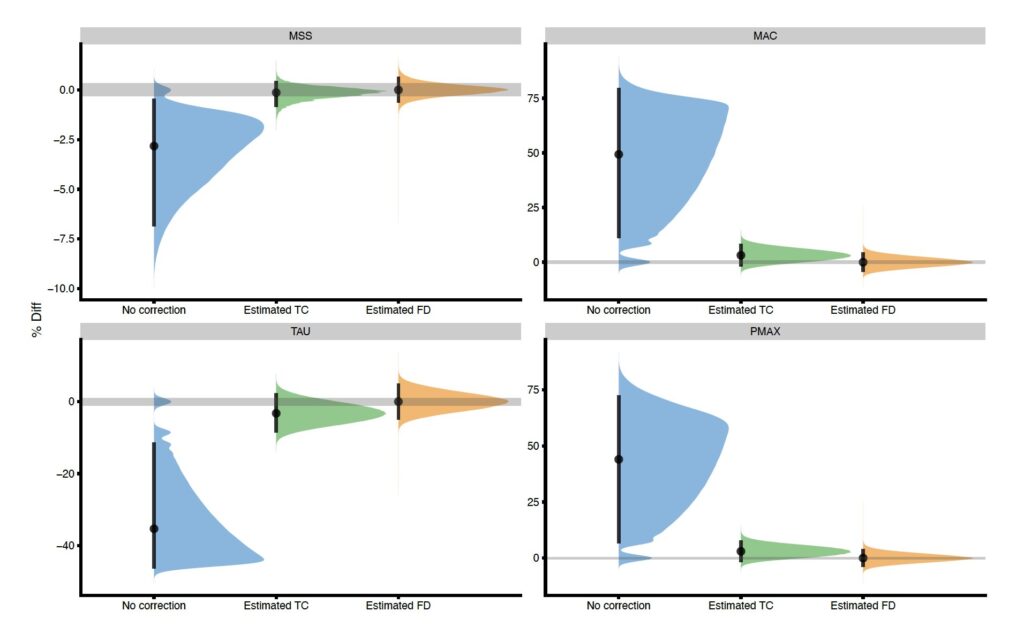Effects of Flying Start Distances on the FVP
During 2020, I started collaborating with Jason Vescovi on the short sprints modeling, which resulted in development of the shorts R package (published on CRAN) as well as the recent publication in Frontiers and a published preprint (for which we are still finding peer-review home).
Although my previous Ph.D. Project is Velocity-based Training (I have published first paper of the Ph.D. project), on which I am still working by preparing another R package, and a large preprint, I have decided that switching my Ph.D. thesis to sprint modeling is a “better option”. A better option in a way that it is simpler to be done, and in my opinion more impactful to the real-world practices. Just yesterday I have successfully defended the public Ph.D. project and it is accepted by the University of Belgrade.
The paper that Jason Vescovi and myself published in Frontiers showed, retrospectively, that there are differences in estimated force-velocity profile (FVP) parameters if different (in our opinion: improved) model definitions are used. Paper reviewers were rightfully complaining that we need a validation study. And this is exactly what we intend to do now.
In the video presentation below you can find what problem with FVP estimation using timing gates we are trying to solve by utilizing novel model definitions. We plan to do one simulation study and one multi-center, pre-registered study in a hope of confirming the benefits of using FVP estimation with different model definitions.
Using the shorts package, we are able to simulate and explore expected (theoretical) effects. This in turn helps us prepare the analysis in advance (i.e. preregistration), as well as using simulation for the statistical power analysis.
In the video below I am walking you through the R Shiny dashboard/simulator which you can also use to explore the FVP estimation issues using timing gates.











Responses